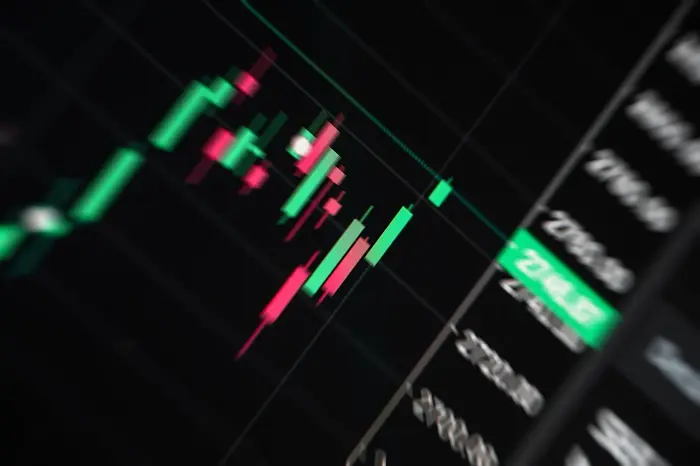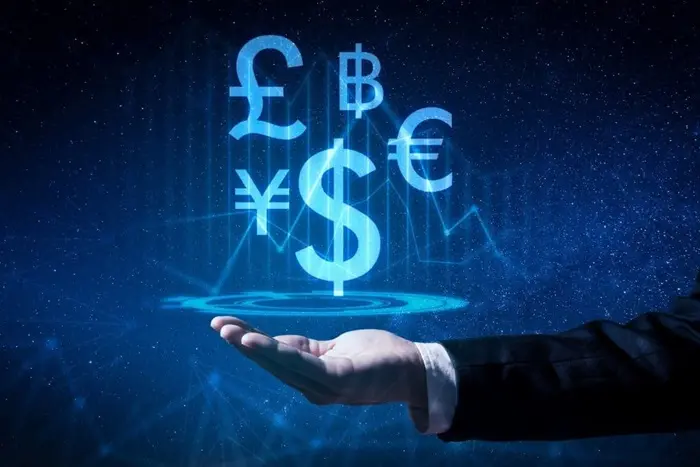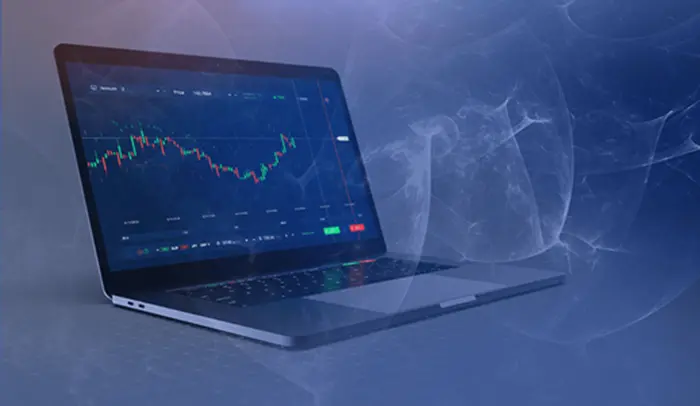In an increasingly globalized world, traveling, working, or conducting business across borders has become commonplace. As a result, managing international finances has become a priority for many. One of the most efficient solutions to dealing with foreign currency exchange while traveling abroad is the Forex card. This article aims to explain what a Forex card is, how it works, and why it is a preferred method of managing foreign currency transactions.
Introduction to Forex Cards
A Forex card is a prepaid travel card that allows individuals to load foreign currencies before traveling abroad. It is a convenient, secure, and cost-effective way to carry money while traveling in countries where the local currency differs from your home country’s currency. Forex cards are offered by various banks and financial institutions, and they allow users to load multiple currencies onto a single card. This makes them highly convenient for travelers who are visiting multiple countries.
How Does a Forex Card Work?
A Forex card operates similarly to a debit or credit card, but with a key difference — it is preloaded with a specific amount of foreign currency. Before your trip, you can load the card with the foreign currency of the country or countries you will be visiting. The card can then be used for making payments at shops, restaurants, and other establishments or for withdrawing cash from ATMs in the destination country.
Features of Forex Cards
Preloaded Currency: You load the card with the desired foreign currency, ensuring that you are not subject to unfavorable exchange rates when you arrive.
Multiple Currencies: Many Forex cards allow you to load multiple currencies onto the same card, making them convenient for travel to different countries.
Security: Since the card is prepaid, it reduces the risk of overspending or running up credit card bills. Additionally, if the card is lost or stolen, you can report it to the issuing bank and block the card.
Widely Accepted: Forex cards are accepted globally wherever major credit or debit cards like Visa, MasterCard, or RuPay are accepted.
Benefits of Using a Forex Card
1. Avoid Currency Conversion Fees
One of the biggest advantages of using a Forex card is the ability to avoid high currency conversion fees. When you exchange your home currency for foreign currency at a bank or a currency exchange service, they often charge a fee or offer unfavorable exchange rates. However, with a Forex card, you lock in the exchange rate at the time of loading, and you don’t have to worry about fluctuating exchange rates during your trip.
2. Security and Convenience
Carrying cash while traveling can be risky. It is easy to lose or misplace, and theft is a constant concern, especially when traveling abroad. With a Forex card, you don’t need to carry large amounts of cash. You also don’t need to worry about getting your cards blocked or losing money in case of fraud, as the card can be replaced quickly if it is lost or stolen.
3. Track Spending and Manage Finances
Forex cards allow you to easily track your spending and manage your finances. Most cards come with online banking facilities or mobile apps that let you check your balance, transaction history, and even top-up your card while you are abroad. This makes it much easier to stay within your travel budget.
4. No Hidden Charges
In contrast to credit cards or debit cards, Forex cards do not have hidden charges like annual fees, foreign transaction fees, or ATM withdrawal fees that could otherwise add up during your trip. As long as you avoid using the card at out-of-network ATMs, you can avoid extra costs.
5. Cash Withdrawals in Local Currency
Forex cards provide a great advantage when it comes to withdrawing cash. You can use the card at any ATM to withdraw money in local currency. This ensures you are not subjected to the inflated rates that currency exchange kiosks or banks might offer, and you can get cash whenever you need it.
Types of Forex Cards
There are many different types of Forex cards, each offering different features to suit a variety of travel and spending needs. Some of the most common types include:
1. Single Currency Forex Cards
This type of card is only recharged with one foreign currency. It is ideal for travelers who are only visiting one country or plan to spend most of their time in one specific destination.
2. Multi-Currency Forex Cards
Multi-Currency Forex Cards are ideal for travelers who are visiting multiple countries that use different currencies. You can recharge multiple currencies onto one card, which helps manage your finances more efficiently without having to carry multiple cards.
3. Virtual Forex Cards
A virtual Forex card is a digital version of a traditional Forex card. It does not have a physical card, but can be used for online payments, making it a great option for e-commerce transactions or travelers who do not need to carry a physical card.
4. Rechargeable Forex Cards
Rechargeable Forex cards allow you to recharge as needed. This type of card is ideal for long-distance travel or when you are unsure of the total amount you will spend.
How to Apply for a Forex Card?
1. Choose the Right Card
The first step is to choose a Forex card that suits your needs. Consider the following: the countries you will be visiting, the currency or currencies you will need to use, and the fees associated with the card.
2. Provide Necessary Documents
When applying for a forex card, you will need to provide identification documents, proof of travel, and your personal information. These documents are used to verify your identity and prevent fraud.
3. Top Up
Once your application is successful, you will need to top up your card in the currency of your choice. You can top up your card online, through mobile banking, or in person at a bank or financial institution. Make sure you understand the top-up exchange rate and associated fees.
4. Activate the Card
Before you can use your forex card, you will need to activate it. The activation process varies by issuer, but it usually involves setting a PIN and confirming your personal information.
5. Use the Card
Once your card is activated, you can use it for overseas transactions, including online purchases, ATM withdrawals, and payments at retail stores.
Forex Card Fees and Charges
While Forex cards offer many benefits, it’s important to understand the associated costs. Some common fees include:
Issuance Fee: A one-time fee for issuing the card.
Reload Fees: A fee for adding funds to the card, especially for reloadable Forex cards.
ATM Withdrawal Fee: Charges may apply when using the card to withdraw cash from ATMs abroad.
Inactivity Fee: Some cards may charge an inactivity fee if the card is not used for a certain period.
Currency Conversion Fee: Although most Forex cards help you avoid conversion fees, there may be charges for certain transactions or when withdrawing from foreign ATMs.
Forex Cards vs. Other Payment Methods
1. Forex Cards vs. Credit Cards
While credit cards are widely accepted worldwide, they come with interest rates, foreign transaction fees, and hidden charges. In contrast, Forex cards are prepaid and do not have these additional costs, making them more cost-effective for travelers.
2. Forex Cards vs. Debit Cards
Debit cards are linked to your bank account and can be used internationally. However, they may charge foreign transaction fees, and you may also face currency conversion fees when making purchases abroad. Forex cards, on the other hand, offer fixed exchange rates and avoid these charges.
3. Forex Cards vs. Cash
Carrying cash can be risky, and exchanging currency at exchange booths or banks can incur high fees and unfavorable exchange rates. Forex cards provide a safer and more efficient way to manage foreign currency while abroad.
Conclusion
A Forex card is a convenient, secure, and cost-effective way to manage your finances when traveling abroad. It allows you to load foreign currencies onto a prepaid card and use it for purchases and withdrawals without the hassle of carrying cash. With the ability to avoid currency conversion fees and track spending, Forex cards have become the go-to solution for many travelers. Understanding how they work, the types available, and the associated fees can help you make the most of your Forex card during your next international trip.































